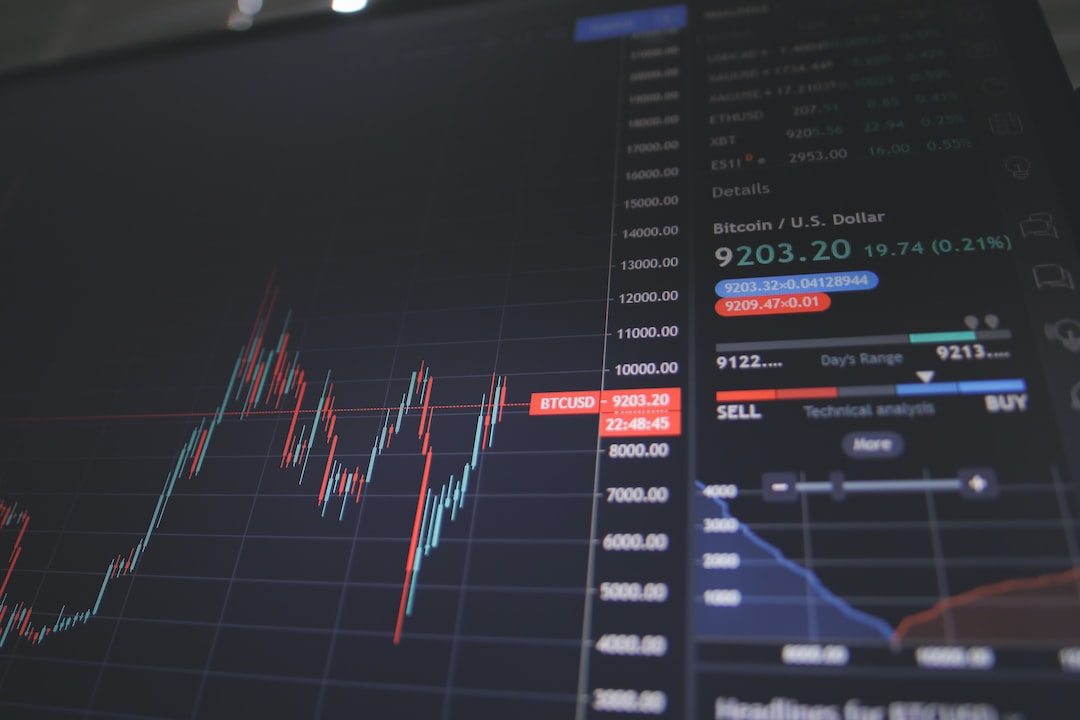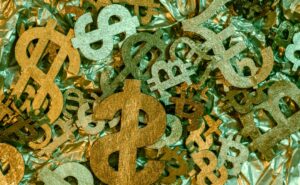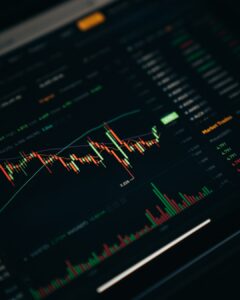The Role of Machine Learning in Robot Trading in Forex
Forex trading is a fast-paced and highly volatile market. Traders are constantly seeking new ways to gain an edge and increase their profits. One of the latest advancements in this field is the use of machine learning in robot trading. Machine learning has the potential to revolutionize the way forex trading is done, offering more accurate predictions and faster decision-making processes.
Machine learning is a subset of artificial intelligence, which focuses on developing algorithms that can learn from and make predictions or decisions based on data. In the context of forex trading, machine learning algorithms are used to analyze historical data and identify patterns or trends that can be used to predict future price movements.
There are several benefits to using machine learning in forex trading. One of the main advantages is the ability to process vast amounts of data in a short period. Machine learning algorithms can analyze millions of data points in a matter of seconds, something that would take a human trader a significant amount of time and effort.
Furthermore, machine learning algorithms are not influenced by emotions or biases, which can often cloud human judgement. They make decisions based solely on the data they are trained on, resulting in more objective and reliable trading strategies.
Another advantage of machine learning in forex trading is its ability to adapt and learn from changing market conditions. Markets are constantly evolving, and strategies that were successful in the past may not work in the future. Machine learning algorithms can continuously analyze market data and adjust their trading strategies accordingly, ensuring they remain effective even in volatile market conditions.
There are different types of machine learning algorithms that can be used in forex trading. One popular approach is supervised learning, where the algorithm is trained on labeled data, meaning the input data is paired with the desired output. For example, the algorithm can be trained on historical price data and the corresponding buy or sell signals.
Unsupervised learning is another approach, where the algorithm is given unlabeled data and tasked with finding patterns or relationships within the data. This can be useful in identifying hidden correlations or trends that may not be apparent to human traders.
Reinforcement learning is a third approach, where the algorithm learns by interacting with the environment and receiving feedback in the form of rewards or penalties. This type of learning is often used in developing trading strategies that maximize profits while minimizing risks.
The use of machine learning in robot trading has gained significant popularity in recent years. Many brokerage firms and trading platforms now offer automated trading systems that utilize machine learning algorithms. These systems can execute trades on behalf of the trader based on predefined strategies or automatically adjust their strategies based on market conditions.
However, it is important to note that machine learning algorithms are not infallible. They are only as good as the data they are trained on, and there is always a risk of overfitting or underfitting the data. Overfitting occurs when the algorithm becomes too specialized in the training data and fails to generalize well to new data. Underfitting, on the other hand, occurs when the algorithm fails to capture the underlying patterns in the data.
To mitigate these risks, it is crucial to carefully design and test machine learning algorithms before deploying them in live trading environments. Robust backtesting and validation processes should be implemented to ensure the algorithms perform well across different market conditions.
In conclusion, machine learning has the potential to revolutionize forex trading by providing more accurate predictions and faster decision-making processes. The ability to process vast amounts of data, adapt to changing market conditions, and make objective decisions are all significant advantages of using machine learning in robot trading. However, it is important to approach this technology with caution and ensure proper testing and validation processes are in place to mitigate risks. With the right implementation and careful consideration, machine learning can be a powerful tool in the hands of forex traders.






